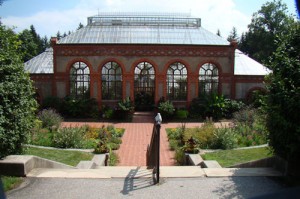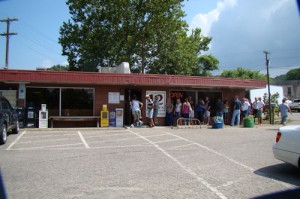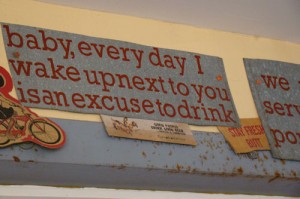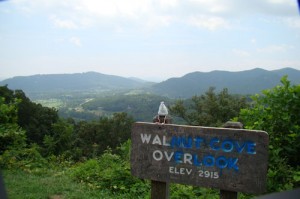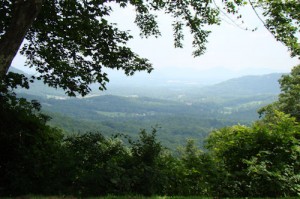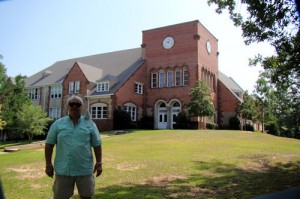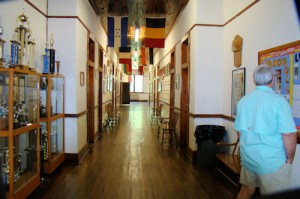From Alabama we made our way to Asheville North Carolina. The popularity of Asheville grew in the late 1800’s when its reputation for clean fresh mountain air and clear water brought people who were having breathing problems.  Tuberculosis was rampant and Asheville became the leader in its treatment. Families would come with their ailing loved ones and would decide to stay. The vaccine for Tuberculosis was invented here.
Parked next to the French Broad river, we were very close all the activities. The first day we decided to take a Red Trolley tour, to acquaint ourselves with the town and decide what we wanted to see. Of course, the first thing you think about when you go to Asheville, is the Biltmore Estate. And what an Estate it is!
The house, designed by architect Richard Morris Hunt,  boasts 4 acres of floor space! The 250 room mansion features 33 bedrooms, 43 bathrooms, 65 fireplaces, three kitchens, even an indoor swimming pool and a bowling alley! It was equipped with the latest amenities; running water, electricity, refrigerators! We take this for granted today, but back then? Wow! Keep in mind this house first opened its doors to family and friends, after 6 years of construction work, on Christmas Eve 1895!

Stone carvers were the highest paid employees during the construction and are responsible for the house ornate decorations.
This limestone castle sat on 125, 000 acres of forests, including a farm and a dairy, a 250 acres wooded park designed by Frederick Law Olsmted, the man who designed Central Park in New York city and is known as the founding father of American landscape architecture! The grounds also included 5 pleasure gardens and 30 miles of macadamized roadway.
This house was the brainchild of George Washington Vanderbilt, and he was 33 years old and still unmarried when he opened Biltmore. He was the grandchild of Commodore Cornelius Vanderbilt who quit school at age 11 to go work in the shipping business. At age 16, he borrowed $100 from his mother and started a ferry service across New York Bay, which eventually became a fleet of more than 100 steamboats that traveled as far as Central America and Europe. 50 years later, the Commodore earned his second fortune investing in railroads. Patriarch of a sizable family; his wife of 53 years Sophia, 13 children, 37 grandchildren and 27 great-grandchildren. He left the bulk of his fortune of $100 millions to his eldest son, William Henry. Even if his father had deemed him unsuited for business, William Henry took over the family fortune and doubled it. George was Henry’s youngest child and inherited 10 millions upon his death.
He married Edith Stuyvesant Dresser in June 1898 in Paris and the couple came to live at the Estate that fall after honeymooning. They were attended by a large staff and were known as kind and generous employers. George realized his dream of a productive estate. The farms yielded fruits, vegetables and grain crops, dairy products and honey. The forest produced 100s of cords of firewood annually which were sold along with lumber process in Biltmore’s own mill. Today, a million visitors a year visit the estate, which is still owned and managed by his descendants.
There were no pictures allowed inside the house, but I can vouch for the fact that it has been wonderfully restored and maintained, and contains a lot of the original furnishing and treasures original to the house.
12 bones
A visit to Asheville would be incomplete without a meal at” 12 Bones”. This famous BBQ place has won the title of “Best Bite” on Good Morning America. President Obama ate there a few months ago. The restaurant is open from 11 to 4 on weekdays only. There is always a line at the door, even at 11 in the morning.

Chicken found a comfortable place to sit while waiting, and dreamed of tender butts and sweet racks!
We ate delicious dry rub ribs with corn pudding and collard greens, Bear also had jalapeno grits. Sorry, no pictures of the food, I forgot….
The last day, we drove along the famous Blue Ridge Parkway and enjoyed the vistas.



